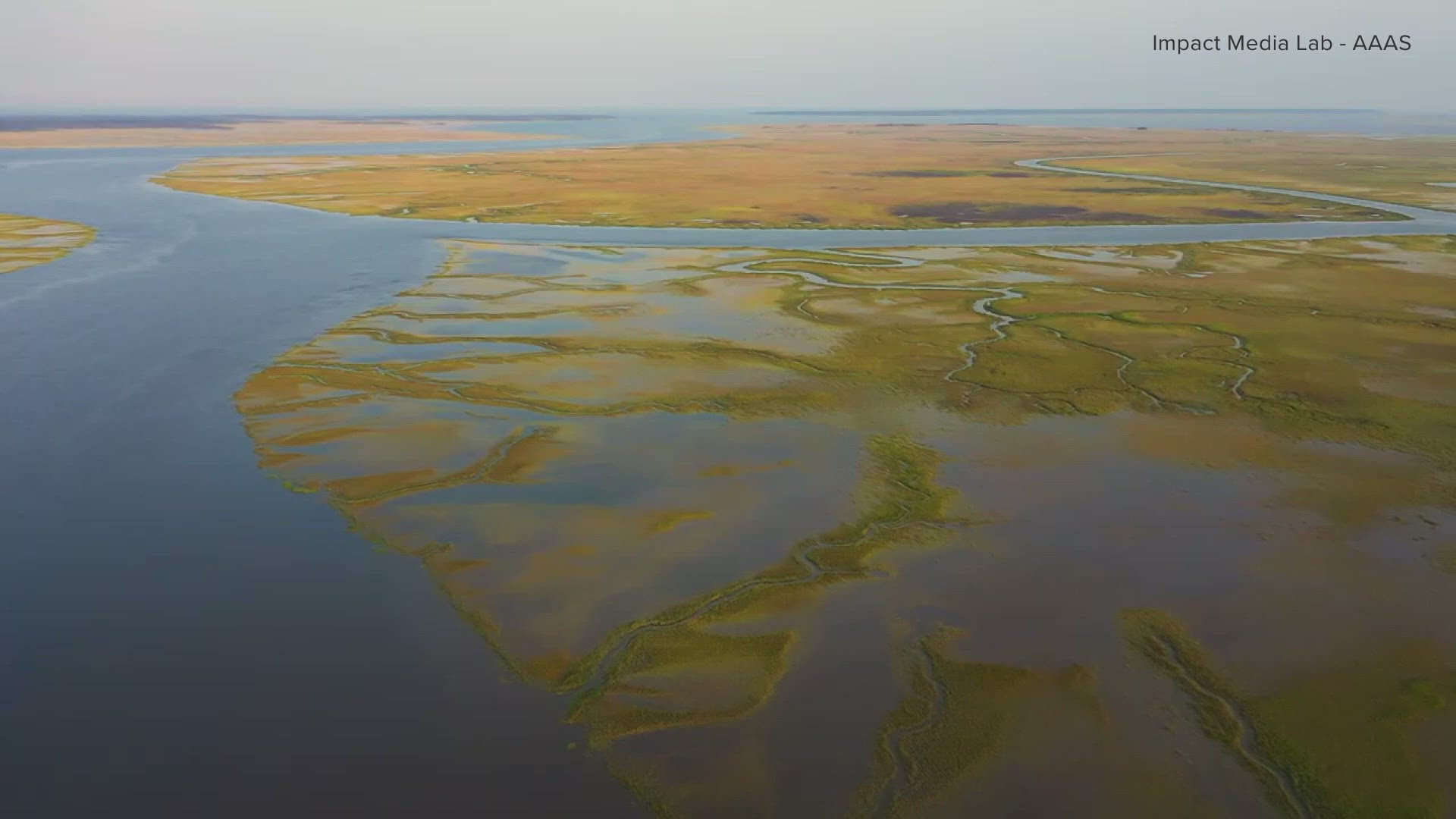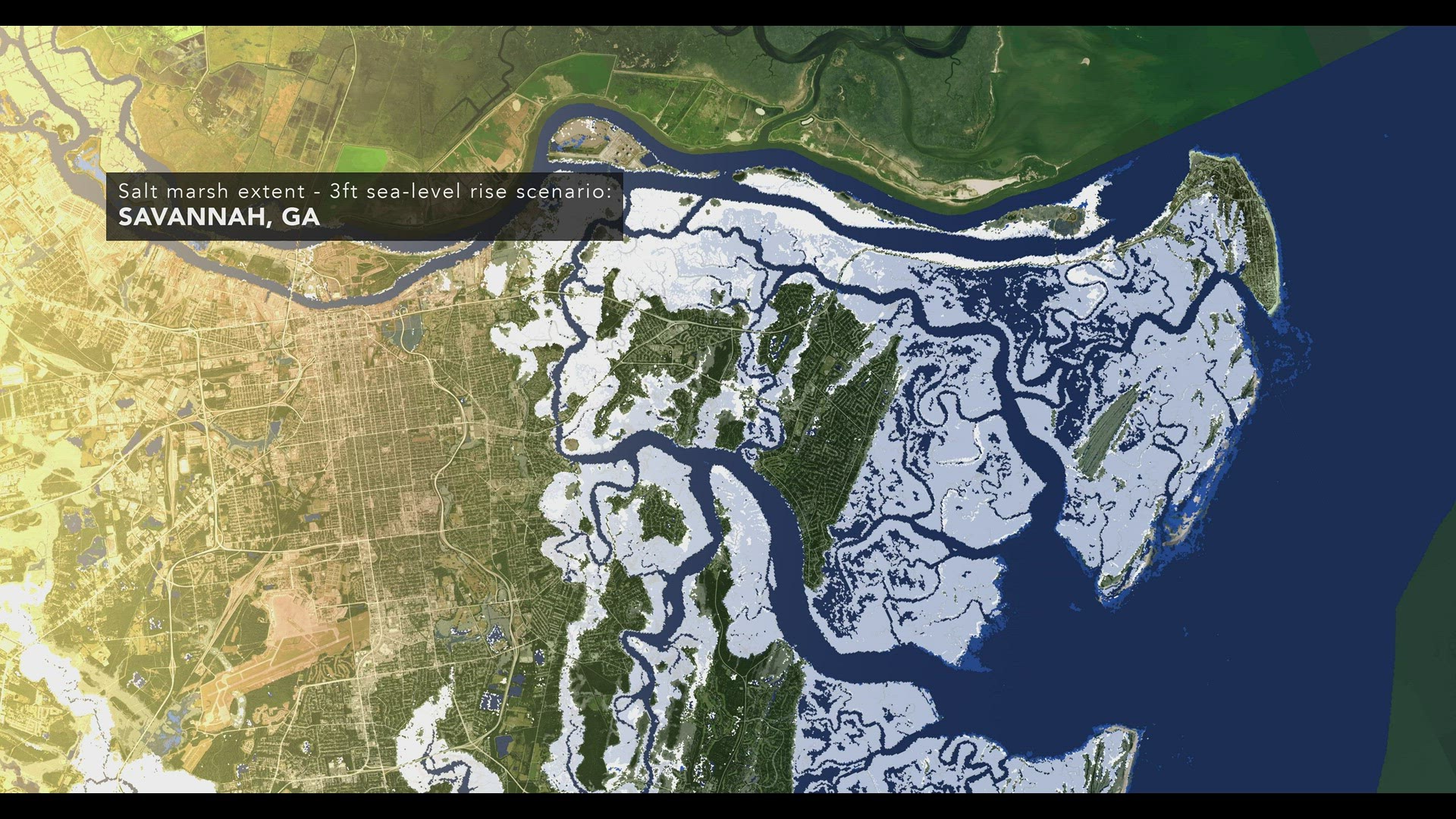SAVANNAH, Ga. — The Georgia coast is home to over 380,000 acres of salt marsh. That's a quarter of all salt marshes on the east coast.
It's a jewel of our coastline. Not only brilliant to look at, salt marshland is home to thousands of aquatic species, including oysters and fish. It is also what's known as 'blue carbon,' water that's able to sequester and store carbon. In fact, our marshland can do this at a rate 10 times that of a mature tropical forest.
The Georgia wetlands on the coast are crucial for our defense of storm surge from hurricanes. As storms move close to the shore, Georgia’s coastline can get battered by storm surge. "It protects us from storms and hurricanes. As storms come onshore, it absorbs some of the flood waters and wave energy," describes Jennifer Kline, a coastal hazards expert with the Georgia Department of Natural Resources. According to NOAA, marshes can decrease property damage in hurricanes by up to 20%.

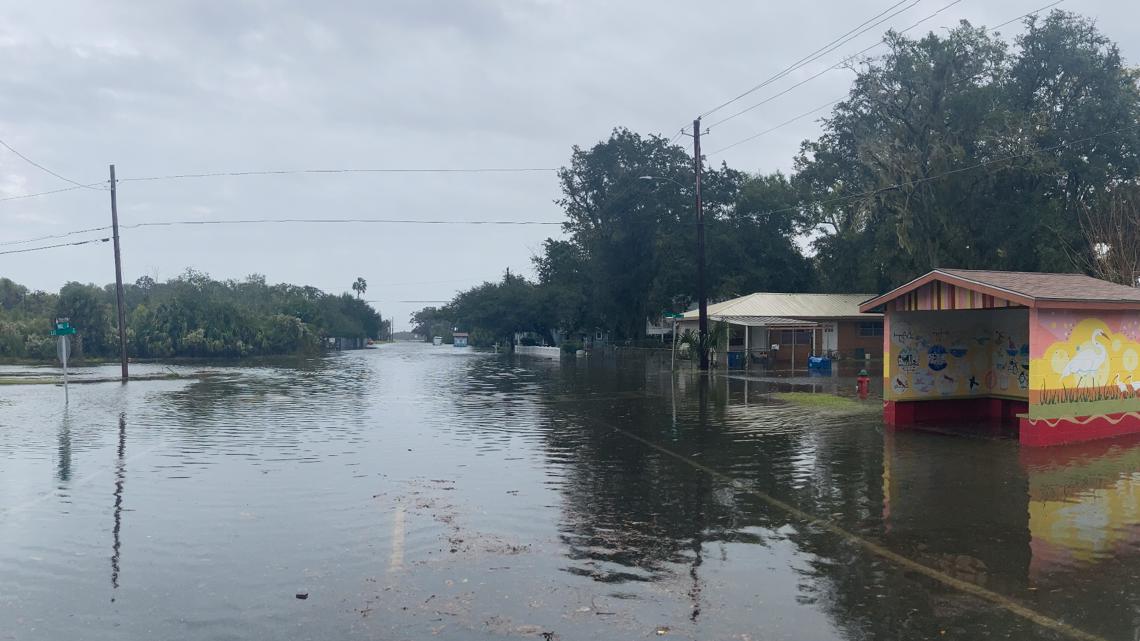
But our marshland's ability to protect us from storms is declining, because of climate change.
"Climate Change is actually being experienced today on Georgia’s coast – increased flooding, erosion, saltwater moving further inland... and that creates a real challenge. Not only for the people who live there, but for the ecosystems that have been there," said Ashby Worley, the Coastal Climate Adaptation Director for The Nature Conservancy.
She works closely with communities from Savannah to Brunswick and stresses that changes we may not see here in Atlanta are being felt along our coast.
These changes are being felt in our Marshlands more now than ever before. Courney Reich, Coastal Director of the Georgia Conservancy, said that as sea levels rise, marshes naturally migrate upland.
"Marshes naturally occur at a specific elevation," she explained. "So as waters rise it will cover lower lying marsh, and marsh will move up the upland marsh boundary...so long as there’s not an obstruction to it."
The brackish water during that migration can create ghost forests, poisoning trees that once relied on fresh water for sustenance. Although the trees may suffer, as long as the marsh can survive in its new location, it can still be home to all of the of wildlife and aquatic species. It can still absorb wave energy. It can still be that buffer for us.

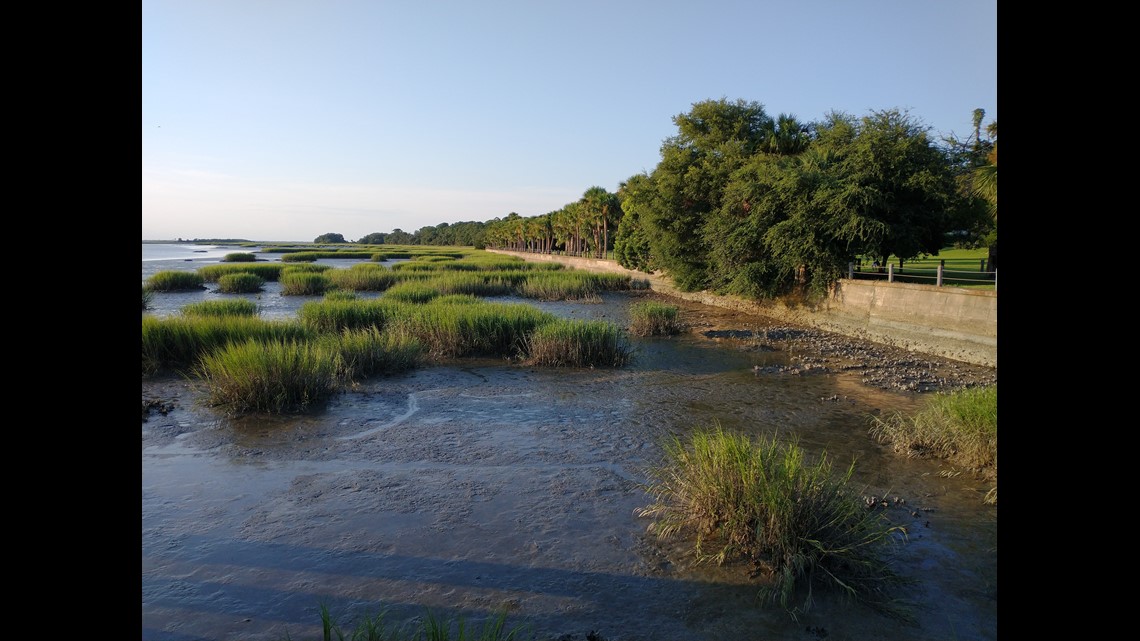
But when people develop near the marsh or build structures like bulkheads, the marsh has nowhere to go. Sediment buildup cannot keep up and the marsh ends up underwater.
In a 2022 Sea Level Rise report issued by NOAA, the organization best estimates another three feet of sea level rise by 2100.
In a city like Savannah, this is what that looks like.
Areas in white once covered in marshland get overtaken by rising sea levels.
Even with some of the marshes migrating further inland, we will lose part of our guardian of the coastline, a habitat for small fish and oysters, and ability to sequester and store carbon.
The Southern Atlantic Salt Marsh Initiative, or SAMSI, is a network of more than 300 scientists, community members, and other advocates are pushing for urgent efforts to make our coastline more resilient.
They just released a 10-year plan to protect the future of a million-acres of salt marsh stretching from North Carolina to Florida--nearly the size of Grand Canyon National Park
It is the pathway to the protection, restoration and migration of our salt marsh.
It's also a way to guard our guardian against its greatest threats in a warming world.
In Georgia, part of this plan includes obtaining funding to expand our network of living shorelines.
"There’s this concept called living shorelines, which is basically a natural alternative to a bulkhead or a hardened structure along the coastline in Georgia especially in areas where you may be encountering a lot of erosion or wave energy.... using natural elements along with native plants to help create a more natural bank shoreline rather than a concrete shoreline that helps", Worley explained.


A novel concept at the turn of the century, these can become equally or less expensive than its concrete alternative. And it provides a better habitat for the ecosystem.
Several living shorelines have been installed in the southeast, and are successfully protecting our coast from storm surge, helping prevent erosion and sediment loss that hurts our marshes.

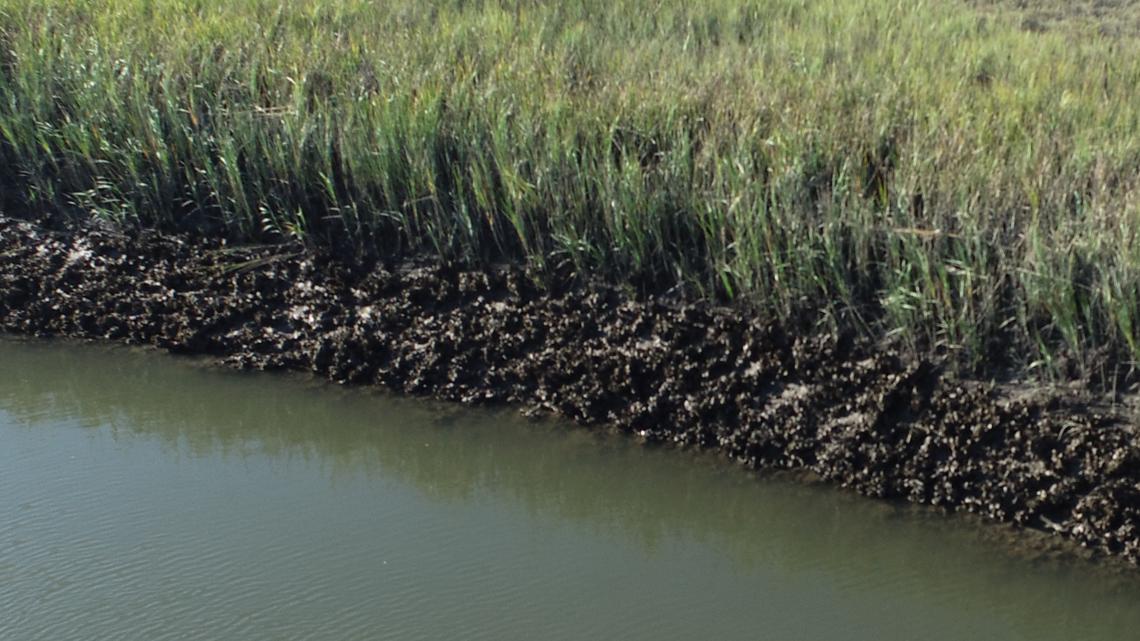
The plan also includes efforts to remove several non-natural barriers on the coast and to conserve higher-ground near marshes to support marsh migration.
These small efforts combined can make one big push to strengthen the link between protecting our coastal ecosystems and our own uses on the coast.

